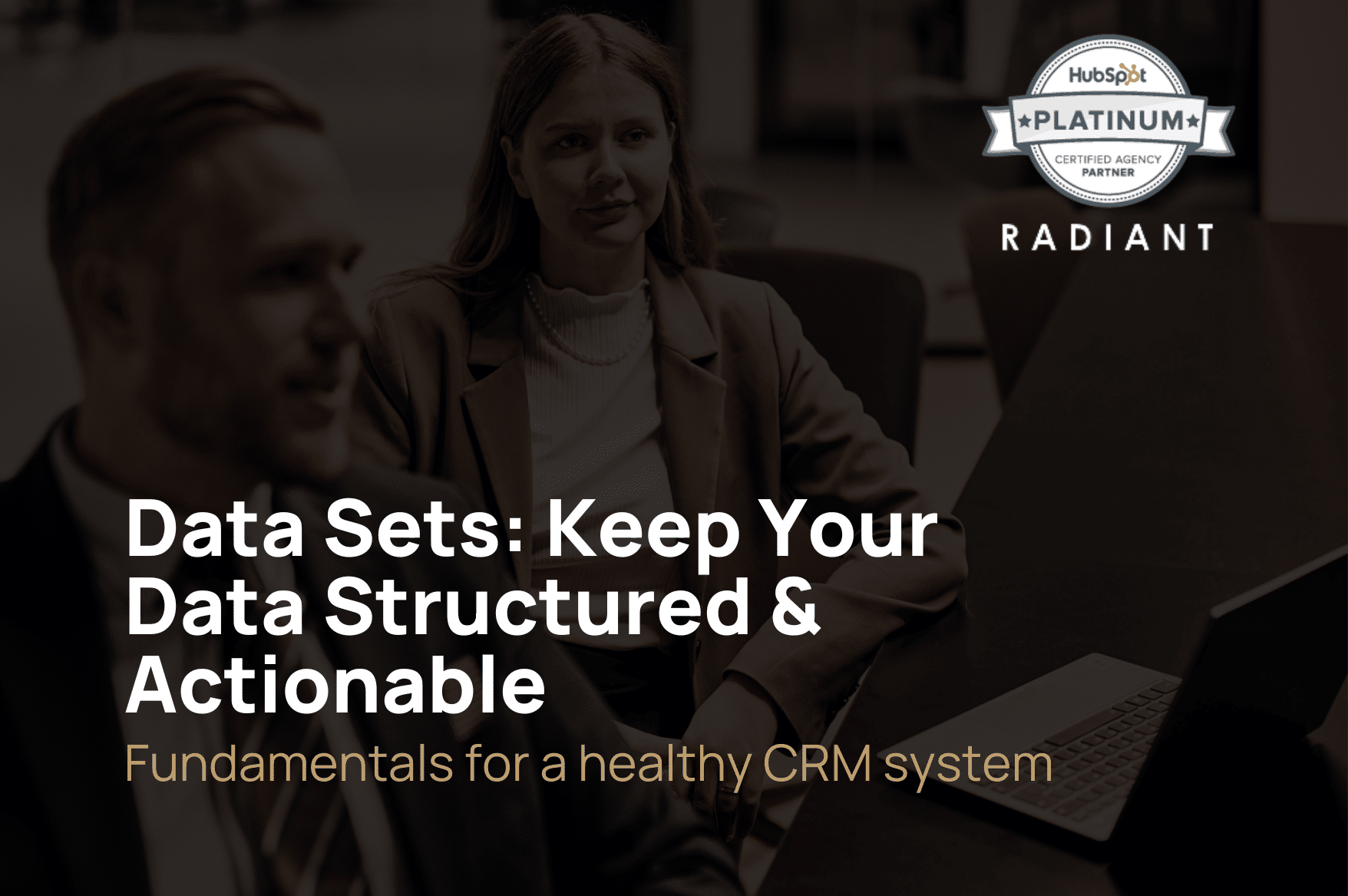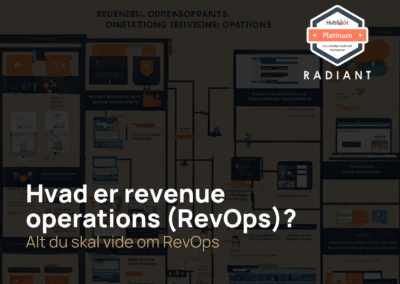What are data sets?
A data set is a structured collection of related data that you can use to analyze trends, make predictions, or inform decisions. Think of it like a spreadsheet: each row represents a different item, and each column represents a characteristic of that item. You could use this data set to analyze sales trends, predict future bestsellers, or decide which product to order more of.
A Real Life Example
Let’s take an example of what it is in a specific like a Saas company.
In this scenario, the data set might be a collection of customer information gathered over a certain period. Each row in the data set represents unique information, and each column represents which product they use and subscribes to
The columns could include data such as employee headcount, digital maturity, CRM system or employee average age.
This data set could be used to study patterns and correlations between how mature the company is and which services they subscribe to from the Saas company to find companies like them.
Benefits of data sets in HubSpot
- Create stunning custom reports in no time. Equipped with carefully selected data and calculated metrics, every business user has the power to craft their own reports and dashboards. Starting with your data set, you can easily construct engaging reports using the custom report builder, available in all Professional and Enterprise editions of HubSpot.
- Unearth deeper insights with new metrics. Your customer data is a treasure trove of information, and a touch of mathematical finesse can reveal even more valuable insights. Using calculations can also help you uncover more perspectives. You can derive metrics such as time to first conversion, speed of sales cycle, email engagement rates, sales commissions, profit margins, and more, all within your reports.
- Stay focused on the essential data. As your company expands, so does your CRM database, paving the way for more personalized opportunities. However, this growth can complicate report creation for regular business users. Operation teams can pre-determine the most crucial properties for each internal audience. This way, every team can generate their own reports, centered around the most pertinent data.
How to Get Started With Data Sets?
First of all, you need a HubSpot Operations Hub enterprise solution. From here you will have to set some concrete goals for working with data sets. Who are going to use them, what will they use it for etc. down below we have made an overview of some of the ‘steps’ you gotte consider when getting started.
- Define Your Objective: Before diving into data sets, determine what you want to achieve. Are you trying to identify trends, make predictions, or simply organize vast amounts of information?
- Gather Your Data:
- Primary Data: This is data you collect yourself, e.g., through surveys, experiments, or observations.
- Secondary Data: This is data collected by someone else, which you can obtain from databases, research papers, or online sources. Here you can use some of the integrations within HubSpot.
- Choose the Right Tools: Depending on your needs, you might use:
- Spreadsheet software like Excel or Google Sheets for basic data tasks.
- Statistical software like R or SPSS for more complex analyses.
- Data visualization tools like Tableau or Power BI to represent data graphically.
- Databases like SQL for storing and querying large data sets.
- CRM systems like HubSpot
- Clean Your Data:
- Remove Duplicates: Ensure there are no repeated entries.
- Handle Missing Values: Decide whether to remove, replace, or ignore null values.
- Standardize Data Formats: Ensure consistency in how data is represented.
- Analyze Your Data:
- Descriptive Analysis: Understand the basic features of your data, like mean, median, and standard deviation.
- Inferential Analysis: Make predictions or inferences about a population based on a sample.
- Exploratory Analysis: Identify patterns or anomalies in your data.
- Predictive Analysis: Use data to make future predictions.
- Visualize Your Findings: Use charts, graphs, and other visualization tools to represent your data in a way that’s easy to understand and interpret.
- Interpret and Share Results: Once you’ve analyzed and visualized your data, draw conclusions and share your findings. This could be in the form of a report, presentation, or dashboard.
- Ensure Data Security: If you’re working with sensitive data, ensure it’s stored securely and that you’re compliant with any relevant data protection regulations.
- Continuous Learning: The field of data analysis is vast and ever-evolving. Stay updated with the latest techniques, tools, and best practices by attending workshops, courses, and seminars.
- Seek Feedback: Share your findings with peers or mentors and get feedback. This can provide new perspectives and insights that you might have missed.
Remember, working with data sets is as much an art as it is a science. It requires a combination of technical skills, critical thinking, and creativity. As you gain more experience, you’ll develop a better intuition for handling, analyzing, and drawing insights from data.




